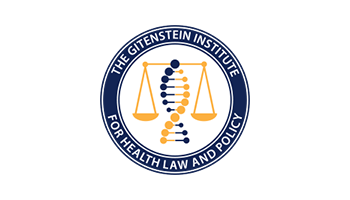American medical schools have used a standard curriculum since 1910, influenced by the Flexner Report: two years of theory and science in the classroom followed by two years rounding on patients in the hospital under the supervision of an attending physician. This method is striking in that medical students forgo patient interaction in their first two years of training. However, this traditional model is being challenged by a handful of medical professionals whose efforts to expose medical students to patients in the first year of medical school is being endorsed by the American Medical Association.
At the forefront of this hands-on-educational model is the Northwell School of Medicine at Hofstra University. Cited in a recent article in Modern Healthcare, Hofstra’s medical school immerses medical students in patient care by assigning students to work as emergency medical technicians (EMTs) during their first year. Advocates for the new model of medical school claim that such exposure to critical patients early in the training will promote better empathy, compassion, and teamwork when treating patients.
Other notable programs bucking the original medical school model by exposing their students to patients earlier in their education include Vanderbilt University School of Medicine’s program coined Curriculum 2.0 and Icahn School of Medicine at Mount Sinai’s Longitudinal Clinical Experience courts.
Such changes appear warranted, for the physician-patient encounter is at the pinnacle of health care. While the positive outcomes are still being assessed, one thing is clear: the old guard has acquiesced to the new model: medical students interacting with patients early and often.
